Cucumbers for salad, pickling or pickling. Which varieties to choose?
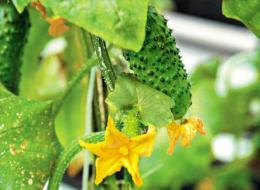
A clear answer to the question: what cucumber varieties It is probably impossible to give the best ones, because every gardener has his own favorite, reliable, proven variety, which he completely trusts. But it’s still worth knowing which varieties are best suited for pickling or pickling, because barrel cucumbers are still different from universal ones.
Content:
- Classification of cucumber varieties
- Growing cucumbers according to the characteristics of the varieties
- The most popular varieties of cucumbers
Classification of cucumber varieties
All gardeners and gardeners know that cucumbers come in three types:
- salad - for preparing salads and eating fresh; These cucumbers are usually covered with white spines. They are irreplaceable for salad - juicy, crispy, but for pickling they are not at all suitable - they become soft and tasteless. Productivity is high.
- for pickling and salting - for canning and seaming, their skin is thin and the flesh is elastic and dense;
- universal - suitable for conservation, and for salads (such varieties cannot boast of high yields).
Growing cucumbers according to the characteristics of the varieties
Cucumbers can be divided into two types:
- for open cultivation;
- for protected cultivation - in greenhouses and greenhouses.
Cucumbers grown in open ground are much tastier, but the best harvest can be obtained thanks to the closed method.
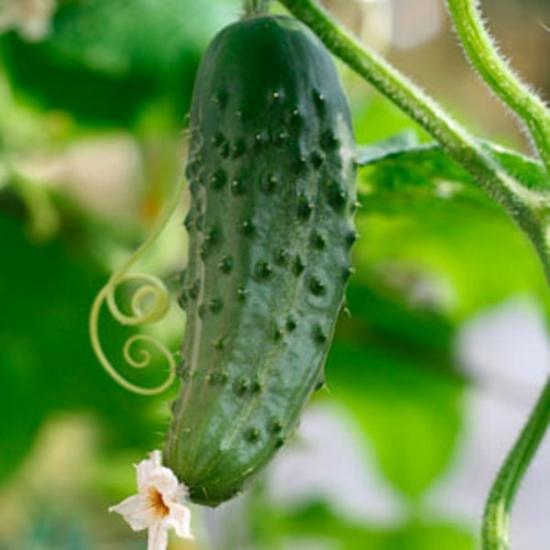
Cucumber care
- watering - only with warm water;
- fertilizing - once a week (diluted mullein, bird droppings or fermented grass);
- Harvesting is every day for gherkins and every two days for others.
The most popular varieties of cucumbers
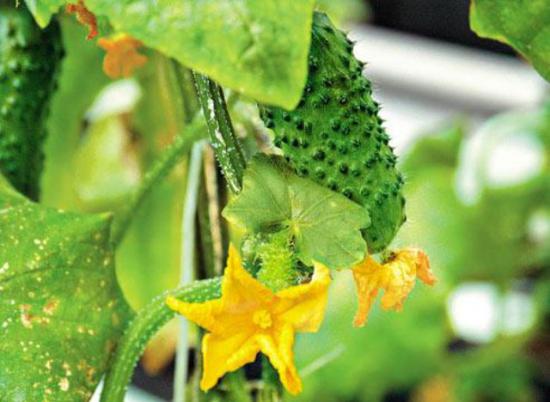
- “Lilliput” F1 is an early ripening variety, suitable for both open and closed growing methods. Ideal for pickling in small jars - small gherkins look aesthetically pleasing.
- “Graceful” is an early ripening variety: on average, only a little more than a month passes from the time of germination to the first mature vegetable. It tolerates cold calmly and is resistant to various diseases. Zelenets is universally used, characterized by a neat shape and thick thorns.
- “Zabiyaka” F1 and “Zadavaka” F1 are shade-tolerant cucumbers, intended for cultivation in regions where there is a high risk of adverse weather conditions. They ripen very early - 40 days, with each bush simultaneously producing 6-7 fruits. The cucumbers are beautiful, have a regular cylindrical shape, there are few thorns, but they are large. Length - up to 10 cm. Taste - juicy and crispy. The main advantage is that they are not bitter at all! They bear fruit until late autumn and are resistant to various diseases. Suitable for both fresh consumption and preservation.
- Zozulya F1 (F1) is one of the “old” varieties, bred back in the 70s, therefore it is not resistant to powdery mildew. But since it is usually grown in greenhouses, a high yield is harvested before the spread of this disease. Pros - multiple harvests, long and extended fruiting, very rapid shoot growth.
- Parthenocarpic - early ripening, the main condition for a good harvest is the presence of a large number of bees.Cucumbers differ in length - up to 22 cm and weight - up to 300 grams. The variety is salad, and can also be grown on a windowsill.
- Emelya F1 (F1) - recommended to grow under film, in a greenhouse. Early ripening, ideal for pickling. Pleases with high productivity. Zelentsy are spindle-shaped and reach a length of up to 15 cm. They do not require pollination, as they are parthenocarpic. Of the minuses, it is very unstable to powdery mildew and root rot, but is not afraid of olive spot and cucumber mosaic.
- Vyuga F1 (F1) is the fastest ripening of the previously considered varieties - you can crunch a fresh cucumber in just 37 days. With good care, vegetables are up to 8 cm, regular cylindrical in shape with large tubercles. Resistant to powdery mildew.
- “Novgorodets” F1 is the best variety for brining in a barrel. This hybrid variety does not require special attention and care, is resistant to various diseases, and can easily tolerate sudden and prolonged cold spells and rain. Fruits on the 46th day, before the first frost. The fruits are small in size, have a strong aroma and a dense skin, very few tubercles, and have white stripes. It's not bitter at all.
- White angel f1 (f1) - medium ripening variety. A characteristic difference is the white color of cucumbers (a cucumber with a light green tint is considered ripe). They taste good and are suitable for preparing fresh salads and for pickling. It is the white color that makes this variety both in demand and discourages the desire to plant them in your garden.
No matter how many types varieties of cucumbers did not exist, everyone can name their favorite and will not experiment with others.
Video: How to grow cucumbers. Varieties and hybrids.

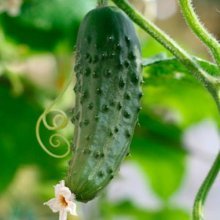
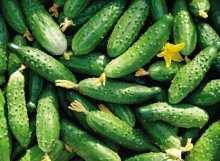
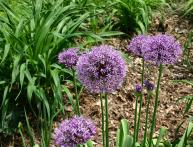
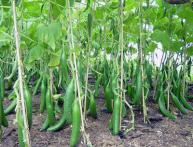
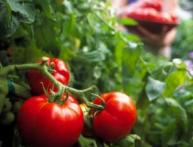
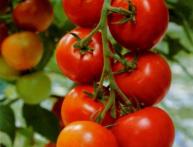
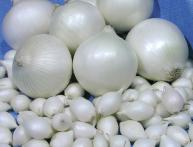
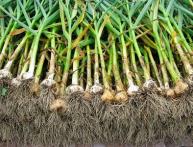
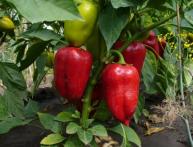
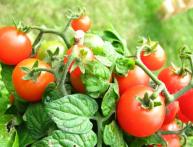
Comments
My mother grew Zozulya cucumbers for many years and was endlessly pleased with them, using them in salads, for pickling, and for pickling.
This year I planted "Emelya" in the greenhouse. I was very pleased. There were a lot of fruits. These cucumbers can be salted, but they are also delicious in a salad. It has been cold for a long time and there are very few bees, but this has not affected the yield.
Mom always planted only “Serpentine” (bee-pollinated), I prefer the parthenocarpic variety “Toy Thumb”, which are early and do not outgrow. The variety "Claudia" is highly praised, but I have not grown it myself.